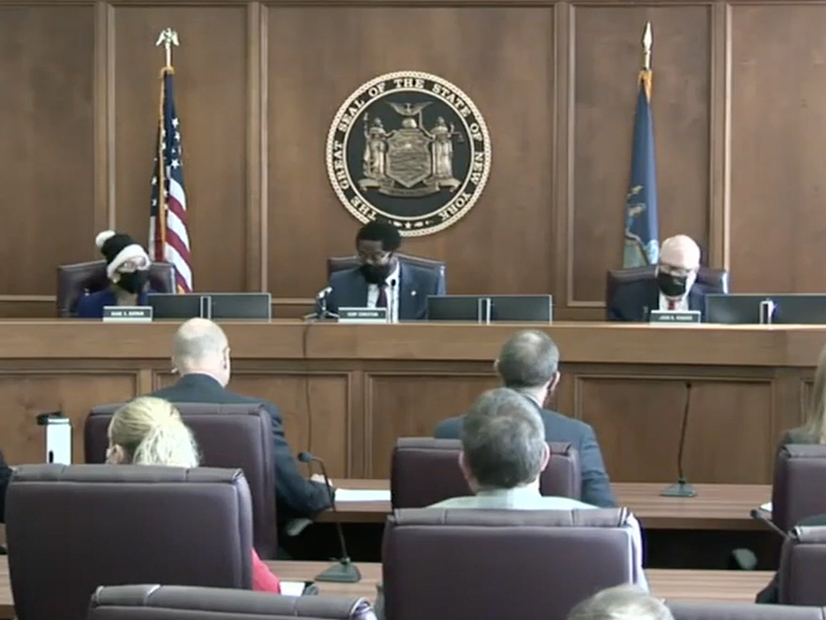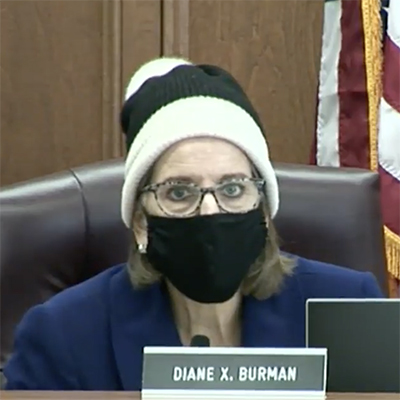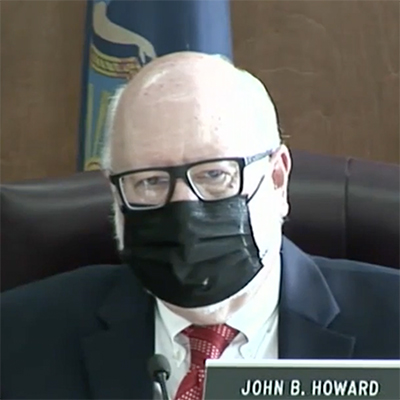
New York regulators on Thursday approved Exelon’s (NASDAQ:EXC) plan to split its regulated transmission and distribution business and merchant nuclear power generation into two separate publicly traded companies (Case No. 21-E-0130).
The Public Service Commission accepted a joint proposal by Exelon staff of the Department of Public Service, the state Attorney General, the Alliance for a Green Economy and the Long Island Power Authority for four upstate nuclear power plants to be spun off by Exelon.
The spinoff, Exelon Generation, will become part of a new, independent, publicly traded entity that owns the two-unit 1,918-MW Nine Mile Point nuclear power plants in Scriba, Oswego County; the 579-MW R.E. Ginna nuclear power plant in Ontario, Wayne County; and the 842-MW James A. FitzPatrick nuclear power plant, also in Scriba.
“Getting all the parties from disparate sides to sit at the table together to agree on this shows how significant their goals were of supporting the interests of New York,” PSC Chair Rory M. Christian said. “The simple fact that we’re going to be able to decommission these plants in 20 years, rather than the recommended 60, is a huge accomplishment. The financial protections you accomplished and achieved through these negotiations are just as significant.”
FERC in August approved the corporate transfer proposal, determining the transaction to be “consistent with the public interest” (EC21-57). (See FERC Sanctions Exelon’s Plan to Split Utility, Generation Businesses.)
The current operating licenses expire in 2029 for Ginna and Nine Mile Point 1, 2034 for FitzPatrick and 2046 for Nine Mile Point 2. The Nuclear Regulatory Commission (NRC) and the PSC required funds be set aside for the decommissioning of the facilities and the restoration of the sites.
Operational Details
 NYPSC Commissioner Diane X. Burman | NYDPS
NYPSC Commissioner Diane X. Burman | NYDPSA lot of these issues were not as contentious as others for the parties, so working with the collaborative process seems to have worked here, Commissioner Diane X. Burman said.
Exelon has an “extraordinary obligation” to the state of New York, considering the more than $7 billion in ratepayer money that supports the four units and without which these plants would have ceased operation some time ago, Commissioner John B. Howard said.
“Second of all, the parent of this company, it should be pointed out, has had serious corruption allegations in the state of Illinois, and those are being pursued by various law enforcement and prosecutorial entities in that state and with the federal government. So that was the background by which we started this case,” Howard said.
Exelon also has proven itself devoted to focusing on safety and reliability, Howard said.
 NYPSC Commissioner John B. Howard | NYDPS
NYPSC Commissioner John B. Howard | NYDPSIn addition, the nuclear plants represent “a huge chunk of the overall central New York economy” and the people working at the facilities are “maybe the highest-paid and best-benefited workers in the region,” he said.
Under the approved proposal, Exelon and Exelon Generation agreed to the following:
- Continuation of emergency operation facilities in New York;
- Depositing an additional $15 million in the remedial trust fund for Nine Mile Point Unit 2 and maintaining a minimum trust fund balance of $144 million per unit — or $576 million in total across the four units;
- Provide a 20-year projected backstop timeline for decommissioning following the end of licensed term rather than the 60 years allowed by the Nuclear Regulatory Commission;
- Acknowledgment of New York State’s 10 millirem clean up guidance standard for residual radiation, rather than the NRC 25 millirem standard;
- Annual decommissioning trust fund reporting rather than the 2-year summary level reporting to NRC, and twice-a-year reports during decommissioning; and
- Provide an 18-month advance notice of shut down rather than the 12-month NYISO requirement.
Proposal supporters included the affected counties, the New York State Building and Construction Trades Council and the International Brotherhood of Electrical Workers, Local 97, representing approximately 4,700 electrical workers across upstate New York.

